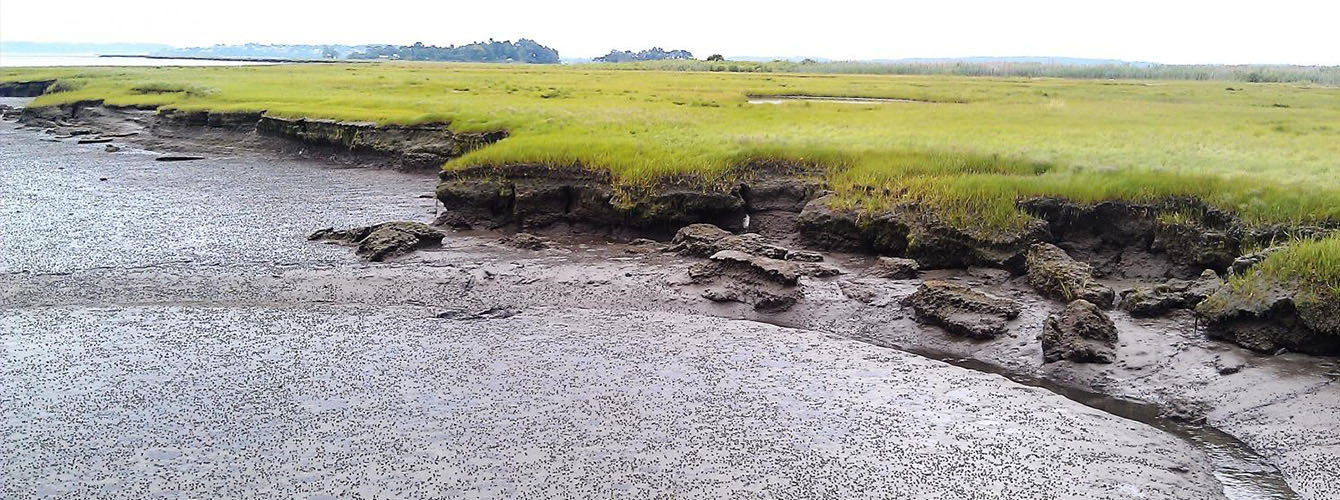
- University home >
- COP26 >
- Creating the optimum design of coastal protection schemes
Researchers are combining artificial intelligence, remote sensing and computer models for the optimum design of coastal protection schemes.
Currently, 41% of power stations, 18% of railway tracks, 14% of railway stations, 33% of wastewater treatment and half a million properties across the UK are at risk of coastal flooding.
The average damage to properties is over £260million each year. Hard engineering solutions are becoming economically unviable, due to the high costs of construction, maintenance and adaptation to changes in sea level and storms.
How can nature help?
For this reason, there is a growing interest in engineering with nature, which includes the creation of salt marshes, seagrass beds, beach nourishment and mega-nourishment. It can offer a more economically viable alternative to hard engineering, alongside supporting net-zero carbon emissions and increasing local amenities value – as highlighted in the UK Government’s A Green Future: Our 25 Year Plan to Improve the Environment.
However, despite the growing recognition of the imperative to move towards this greener alternative approach to coastal protection, there is very little guidance available on its implementation. There are no quantitative and process-based decision-making tools or guidelines to aid engineers, planners, and governments to select coastal management strategies which are fit for their unique local environments.
In addition, uncertainties remain about the conditions which can maximise the effective establishment and longevity of engineering with nature.
Research at Liverpool
Dr Nicoletta Leonardi, Department of Geography and Planning, is leading a project to develop the understanding necessary to protect coastal infrastructures and coastal communities, through the widespread adoption of engineering with nature.
The project will use a novel combination of remote sensing, artificial intelligence and computer models to provide – for the first-time – design criteria for coastal protection. These will combine engineering with nature with the knowledge needed to aid the choice of the most effective coastal management strategies and locations.
Results will be summarised into an interactive decision support tool, which will be distributed to stakeholders and government agencies for consistent evaluation of the benefits and drawbacks of different coastal management interventions, including the extent of their effectiveness under different sea-level rise and storm scenarios.
Image: A salt marsh, Nicoletta Leonardi and Iacopo Carnacina